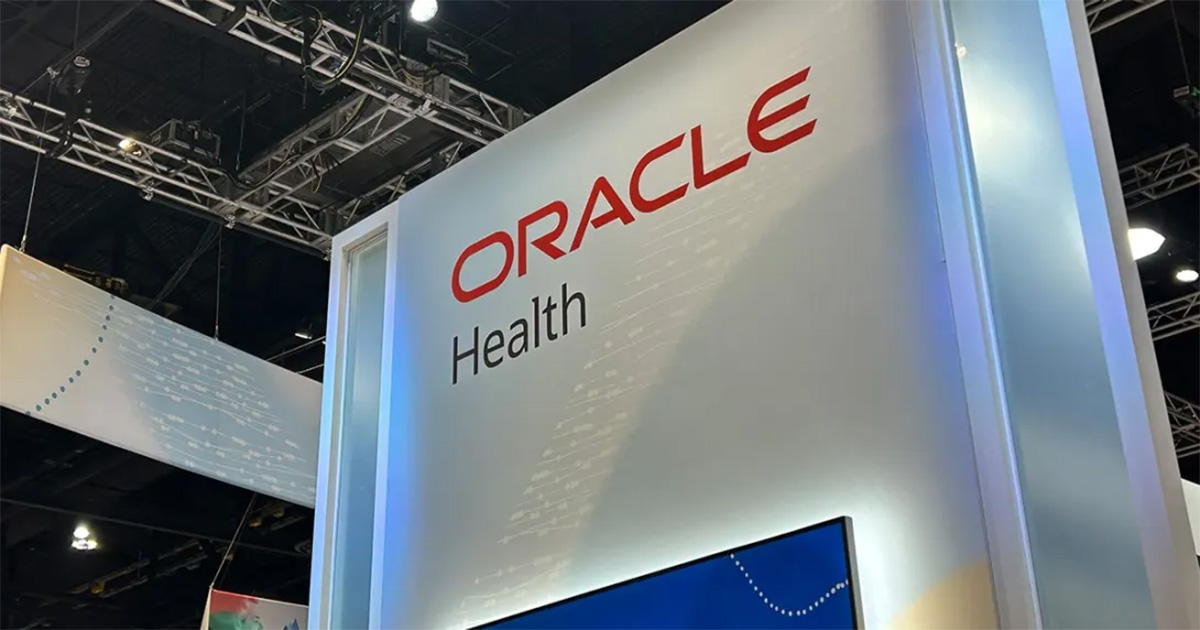Talk about creating buzz. Just utter the words “meaningful use” and you’ll get an earful. Now that the proposed rules are out, there is hardly anyone in healthcare who does not have something to say about it.
There’s so much to say because the proposed rules are at once complicated and so full with the potential to reinvent how providers care for their patients. It would be easy to get weighed down by the complicated or caught up in an optimistic frenzy.
But cooler, smarter heads prevail in the realm of healthcare IT.
There is usually a realistic assessment of what can be done and what might pose problems.
Check out Dave Garets commentary on the opposite page for a dose of reality. He has some real concerns about how some hospital teams would be able handle a sea change and whether there are enough change management experts available to help.
Denni McColm, CIO of Citizens Memorial Hospital in Bolivar, Mo. recently wrote a letter to Tony Trenkle, director of Office of e-Health Standards and Services at the Centers for Medicare & Medicaid Services. She asked that CMS not create new quality measure programs, since they already exist (PQRI and RHQDAPU).
“If you insist on quality measures in Stage 1, couldn’t you just use satisfactory reporting through the existing programs while you get the “reporting from an EHR” part worked out?” she writes.
McColm, whose hospital team won the Davies Award in 2007 and recently achieved Stage 7 of the HIMSS Analytics EMR Adoption Model, is not resisting technology or quality reporting. She is trying to help steer this bulky meaningful use ship through some rough seas.
Bill Spooner, CIO at Sharp HealthCare in San Diego, says he sees merit in some of the criticism leveled at the proposed rules. But he commends the government – the ONC and CMS – for thoughtful work.
Like McColm, he’s drawn up a list of some of his concerns.
He agrees with her on quality indicators. They were not designed for automated collection and will be difficult if not impossible to collect and report electronically, he says.
Spooner takes exception with those critics who say that 10 percent CPOE is unattainable.
He figures he has some credibility on this score, with more than 80 percent physician (all of them community-based docs) adoption of CPOE in two hospitals.
“We CIOs have advocated for years a stronger role in the executive suite,” Spooner writes in a recent commentary. “With HITECH we have that role in bringing significant dollars to our organizations’ bottom lines. Our challenge is to keep sight of HITECH’s objective – to apply HIT for improved quality, access and cost-effectiveness in the care we provide.”
We urge those of you who have not yet commented on the proposed rules to take the time to do so as she has. There is not much time left – just till March 15. But, it’s worth thinking through how these rules might affect your small physician practice, your large multi-specialty practice, or your small or large hospital.
We believe these proposed rules would change everything – for you, for the clinicians, for everyone in the healthcare professions and, especially for the patients. Everyone wants the change to be for the better. Be part of the crew that determines the right tacks to keep the ship on right course. Keep the wind at your back.


